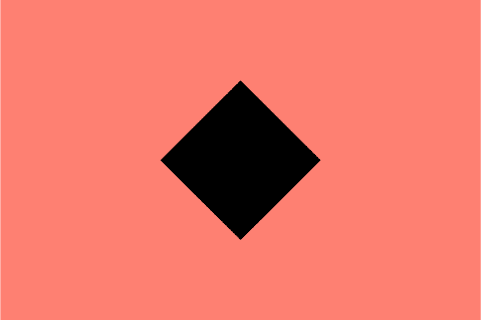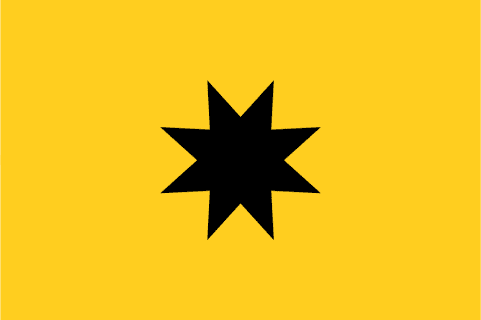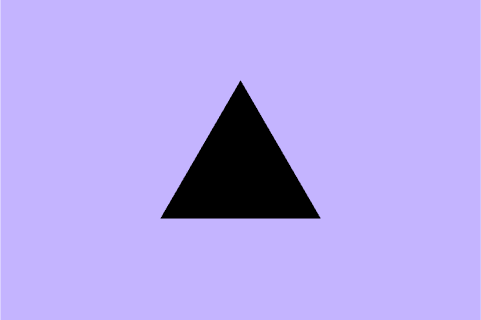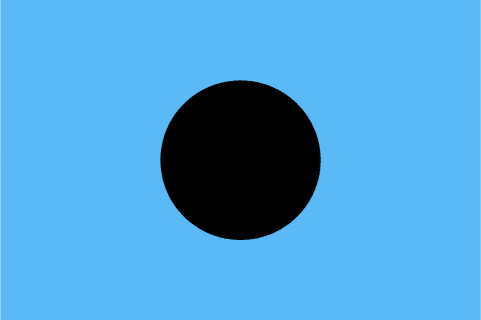Google requests that all paid for links are marked with rel=”sponsored”
As explained in our link metrics page, Google places a lot of emphasis on backlinks in their algorithm. A backlink is considered a quality endorsement from one website to another. Why would a website link to you, unless someone at that website had checked you out first to make sure you were good enough to send their users to?
Paid links, however, often are not subject to such stringent quality checking. The fact that a website pays you to link to them means that you are incentivised to link to them, even if their quality is not quite up to standard. Because of this, Google does not want paid for links to pass link juice, and thus rankability.
In the past, Google requested that content publishers mark paid for links with the NoFollow tag, to prevent the passing of link juice. These days, however, NoFollow is considered to be a hint by Google, and the search giant may well pass link juice via NoFollowed links. Because of this, they have asked content publishers to mark paid links with the rel=”sponsored” tag
To be clear: it is still acceptable to use NoFollow on paid links instead, so using rel=”sponsored” instead of NoFollow is more a polite request from Google, and not a demand.
The rel=sponsored coding looks like:
<!DOCTYPE html>
<html>
<head>
<title>Example Page</title>
</head>
<body>
<h1>My Website</h1>
<h2>Advertisement</h2>
<a href=”https://www.example.com” rel=”sponsored”>
<img src=”ad-image.jpg” alt=”Advertisement”>
</a>
<h2>Content</h2>
<p>This is the content of my website.</p>
<!– Other HTML elements and content –>
</body>
</html>



